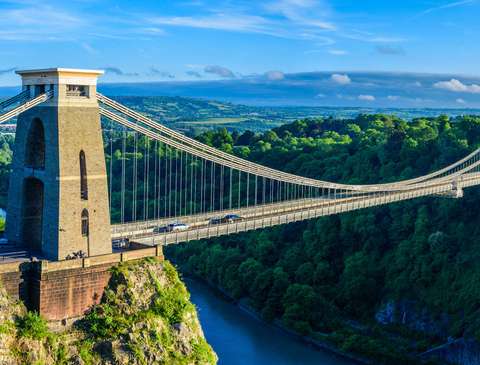Becoming Bristol
Exploring how Bristol City was established

Located in the South-West, Bristol was originally known as a village called ‘Bryge Stowe’, which meant ‘the place by the bridge’ in old Saxon language.
At the time, the small village of Bristol was formed around the bridge which was built in the Middle Ages over the Avon River by the Angelo-Saxons who had settled into the borough.
It is believed by Historians that the town was highly prosperous and by the 16th century, Bristol had become a major port, manufacturing town and a distribution centre for both overseas and inland trade.
After a civil war in 1642 between the King and Parliament, the parliamentary army occupied Bristol and earthwork defences were built around the town. In 1645, a parliamentary army attacked Bristol when the King was losing the war and so the Royalists soon surrendered Bristol.
Oliver Cromwell then ordered that the Bristol castle be destroyed in 1656 to prevent it from ever falling into royalist hands.
Bristol then came out booming in late 17th century when new colonies where formed, West Indies had been importing sugar and North America imported Tobacco.
The 18th century saw Bristol grow rapidly, from roughly 25,000 residents in the 1700s to 50,000 in mid-century and 68,000 in the 18th century. This meant that many new streets were being laid out and several important buildings, such as the Bristol Royal Infirmary, the first Bank of the City and The Exchange, were all built.
Although copper, brass and glass industries went into decline in the 19th century, ship building, the chocolate industry and soap making all started to thrive as well as tobacco and cotton.
Many new buildings had been built after the Second World War bombings due to so many were destroyed. With Art Galleries, a Media Centre, Museums, and statues all being erected around the city, Bristol was constantly developing through to the end of the 20th century.
Today Bristol continues to flourish, with many incredible attractions such as the floating harbour, St Mary Redcliffe Parish Church, Bristol Cathedral, The SS Great Britain iron ship, Clifton Suspension Bridge and so much more, there really is so much to adore about this striking city.









